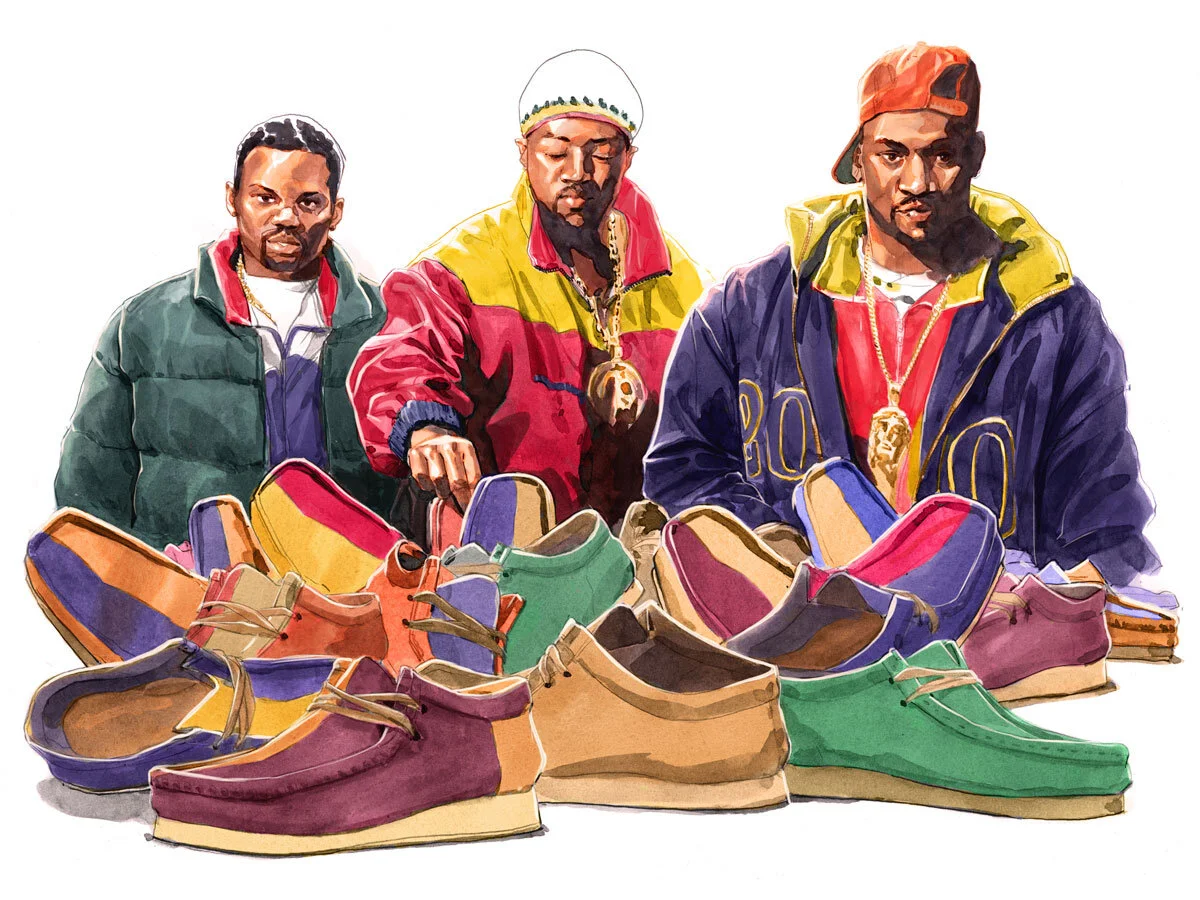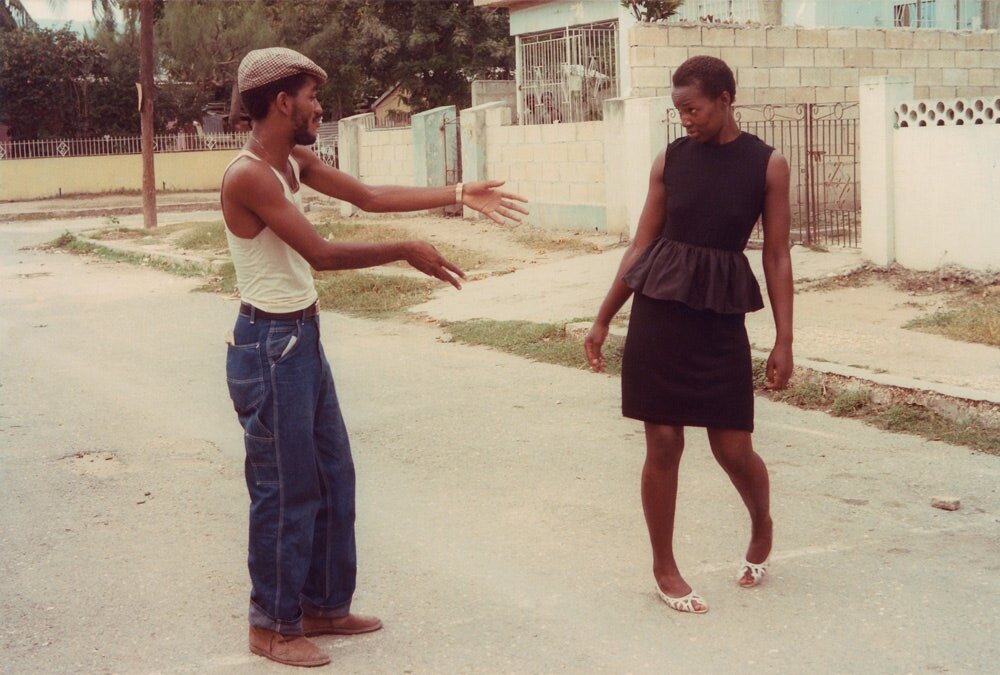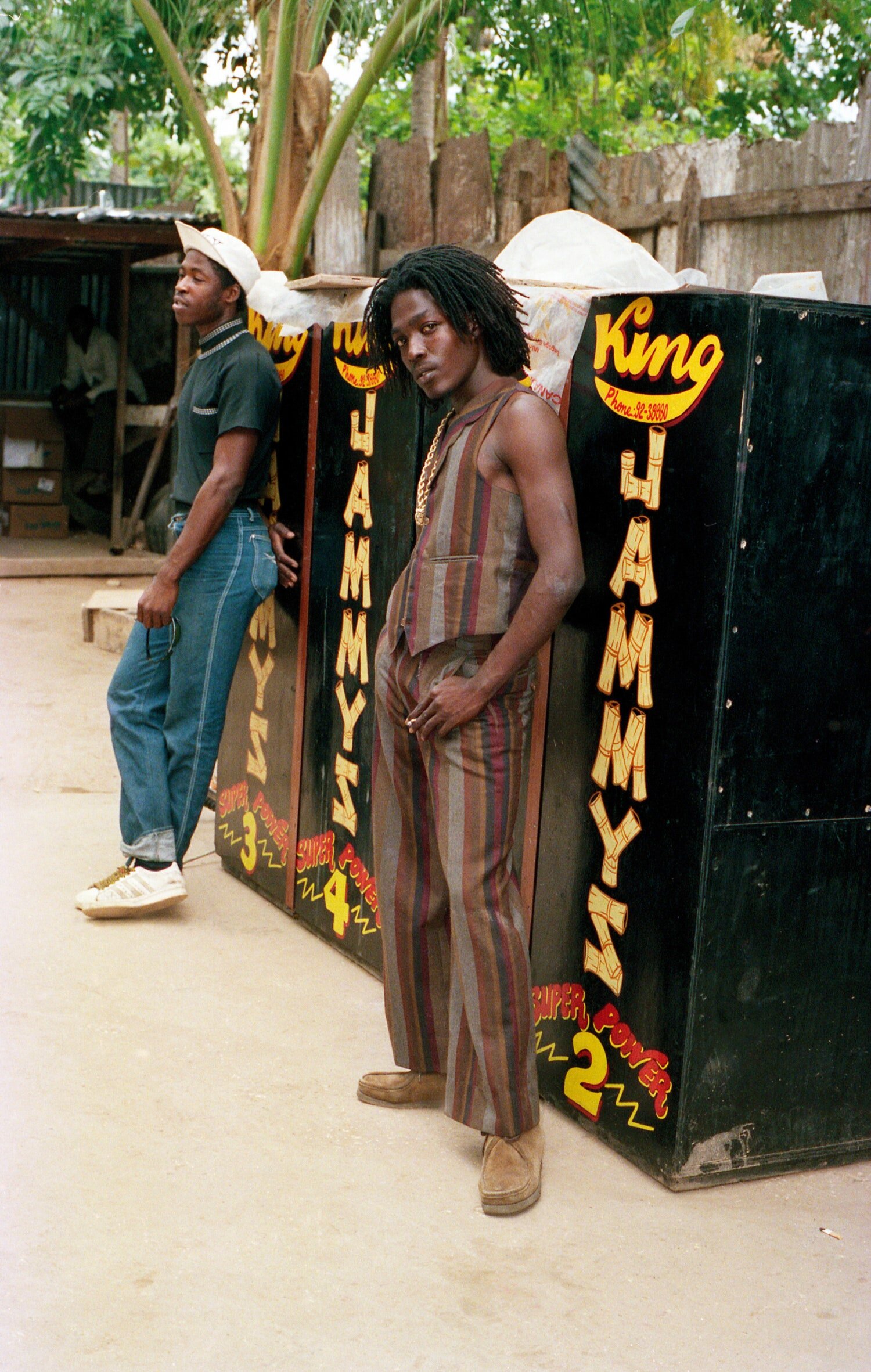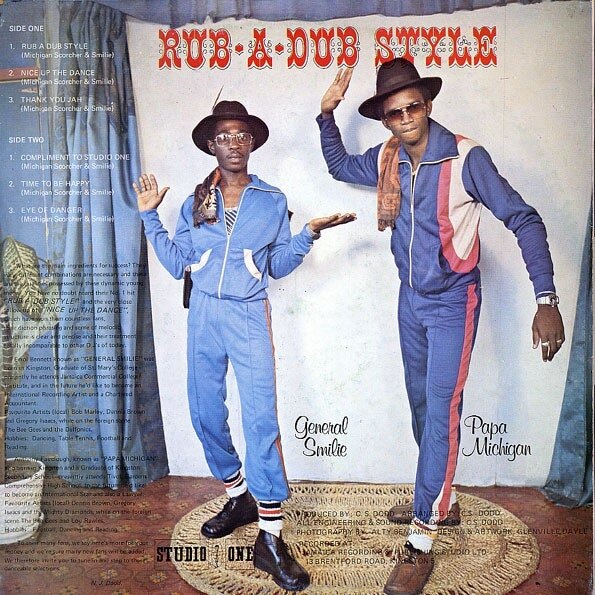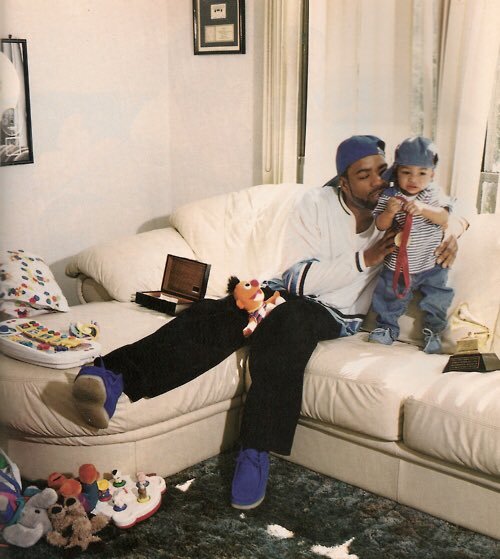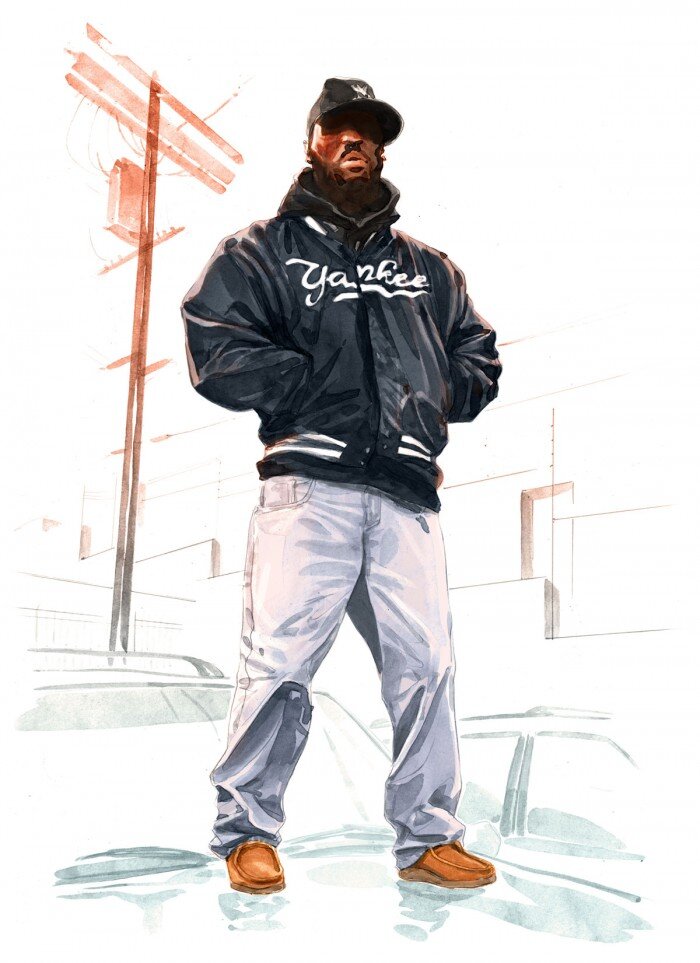The History of The Clarks Wallabee In New York Hip-Hop: Wu-Tang Clan
Illustration by Rupert Smissen
The Clarks Wallabee has always held a special spot in the heart of New York hip-hop. But there’s been no bigger proponent of the Wallabee than Wu-Tang Clan. Raekwon rapped about them on “Incarcerated Scarfaces” (“Here's the policy, slide off the ring, plus the Wallabees…”) and Ghostface Killah (The self-proclaimed “Wallabee Kingpin”) even named a collection of his remixes and b-sides “The Wallabee Champ.”
In the years since a stack of hand-dyed custom desert boots first adorned the cover of Ironman and they were immortalized in songs like “Stroke of Death” and “Gravel Pit,” the Clarks Wallabee has become more than just the unofficial shoe of Wu-Tang Clan.
Nas (also a well-documented Wallabee fan) was recently featured prominently in the promotional campaign for the new Aimé Leon Dore x Clarks Casentino Wool Wallabees Collection, and some of the biggest names in hip-hop including Tyler the Creator, Jay-Z, A$AP Rocky, and Drake (who just launched an exclusive OVO edition of Clarks Wallabees) have been seen sporting the iconic crepe sole shoe.
But to fully grasp how the Wallabee cemented itself as one of the most iconic shoes of the early ‘80s and ‘90s New York hip-hop scene, you first have to understand how it ended up traveling from a bazaar in the center of Cairo, to a British Army outpost in Pakistan, before finally reaching the jam-packed dancehalls of Jamaica.
Photos © George Williams / Greensleeves Archive / Studio One
Method Man at home wearing a royal blue pair of Clarks Wallabees
In 1941, while stationed in Lahore, Pakistan as a soldier in the British Army, Nathan Clark noticed some of the officers in his unit were wearing interesting ankle-length boots during their down time.
These boots were similar to the South African veldskoen, and were well-suited to the harsh desert environment where they currently found themselves waiting to be deployed to fight the Japanese in Burma. He eventually learned they were requisitioned from Cairo’s Khan el-Khalili bazaar for the North African campaign of World War II, and began to base his designs on the pairs he saw around camp.
The Clarks Wallabee was first introduced in 1967 and was designed by Nathan Clark, the great-grandson of James Clark, the founder of Clarks shoes. The shoe was inspired by a traditional moccasin design and featured a crepe sole and a suede upper.
At the time, the Wallabee was marketed as a comfortable and practical shoe that was perfect for everyday wear. It eventually became a popular style among college students and businessmen. But the boot wasn’t an immediate hit in the UK.
Photo © George Williams / Greensleeves Archive — A young man in Jamaica sports a pair of Clarks Wallabees.
Instead, Wallabees found a somewhat unlikely home in Jamaica — where the Desert Boot had already struck a chord with the rudeboys of Kingston. To them, the Wallabee represented the perfect combination of refined British style and rugged reliability.
In fact, they were so widely adopted by hustlers and criminals in Jamaica, that anyone spotted wearing Wallabees became a target for the police.
As Edwin Houghton describes in his Vogue article, “How Jamaica Fell for the Desert Boot: The Story of Reggae’s Love Affair With Clarks”
“The Clarks shoe and a certain gunslinger lifestyle became so synonymous…that by the late ’60s the infamous Jamaican police enforcer, superintendent Joe Williams, was known to raid the outdoor dances regularly held by Sir Coxsone Dodd’s legendary reggae sound system in his jurisdiction on Kingston’s Spanish Town Road and divvy up the crowd into Clarks and non-Clarks segments, so as to separate the rudeboys from all nice and decent people.”
The early ‘80s saw an influx of Jamaican immigrants moving to Brooklyn, and they brought their Wallabees with them. These square-toed boots caught the eye of a young bike messenger named Gary Earl Grice, better known as GZA.
“Here's the policy, slide off the ring, plus the Wallabees…”
— Raekwon, Incarcerated Scarfaces
“If they wasn’t from England you could tell the difference.”
— Ghostface Killah
“My days with Clarks go back to the early ‘80s,” GZA told NTWRK Live.
“Where I was staying in Brooklyn it was a lot of Jamaicans in Flatbush wearing the Clarks shoes. I had a couple of Jamaican homeboys who used to come to work with Clarks so I started wearing them.”
“It’s a very comfortable, casual shoe you know?” he says, “It was classy back then to wear those.”
“I had ‘em on my Ironman cover,” Ghostface Killah adds. “I always had a vision. Like the blue and cream joints? I said, ‘I’mma dye ‘em like this, dye ‘em like that, dip ‘em this way.’”
“I had a Chinese man I always would take my Clarks to just to go get ‘em dyed. My man Kim. He’s the guy who did all the shoes on the Ironman cover.”
“If they wasn’t from England you could tell the difference,” he says. “They started making ‘em in Taiwan and they started leaning certain ways. It wasn’t official. You could tell.”
“Once you put ‘em on for the first time it’s like ‘yo you standing on something’. They look right.”
GZA nods in solemn agreement. “It’s a hard shoe, man.”
Special Thanks to: GoodHood, NTWRK Live, Vogue, and Rupert Smissen
Illustration by Rupert Smissen
